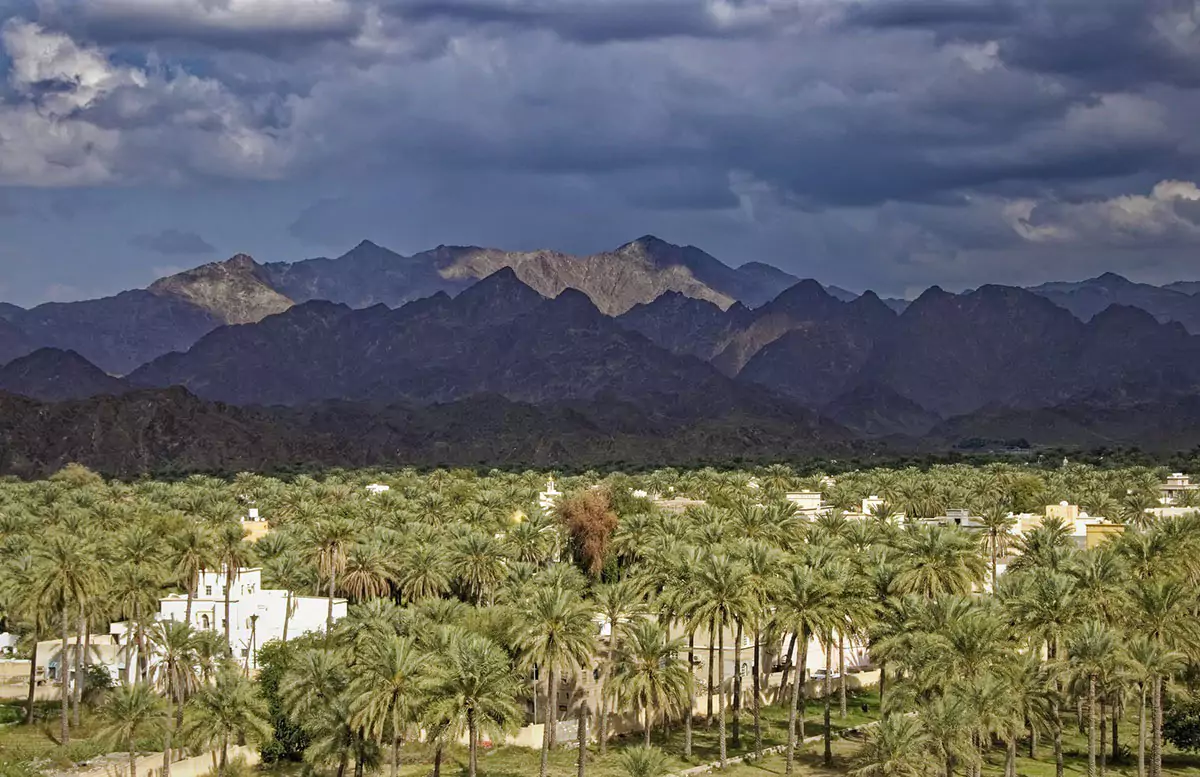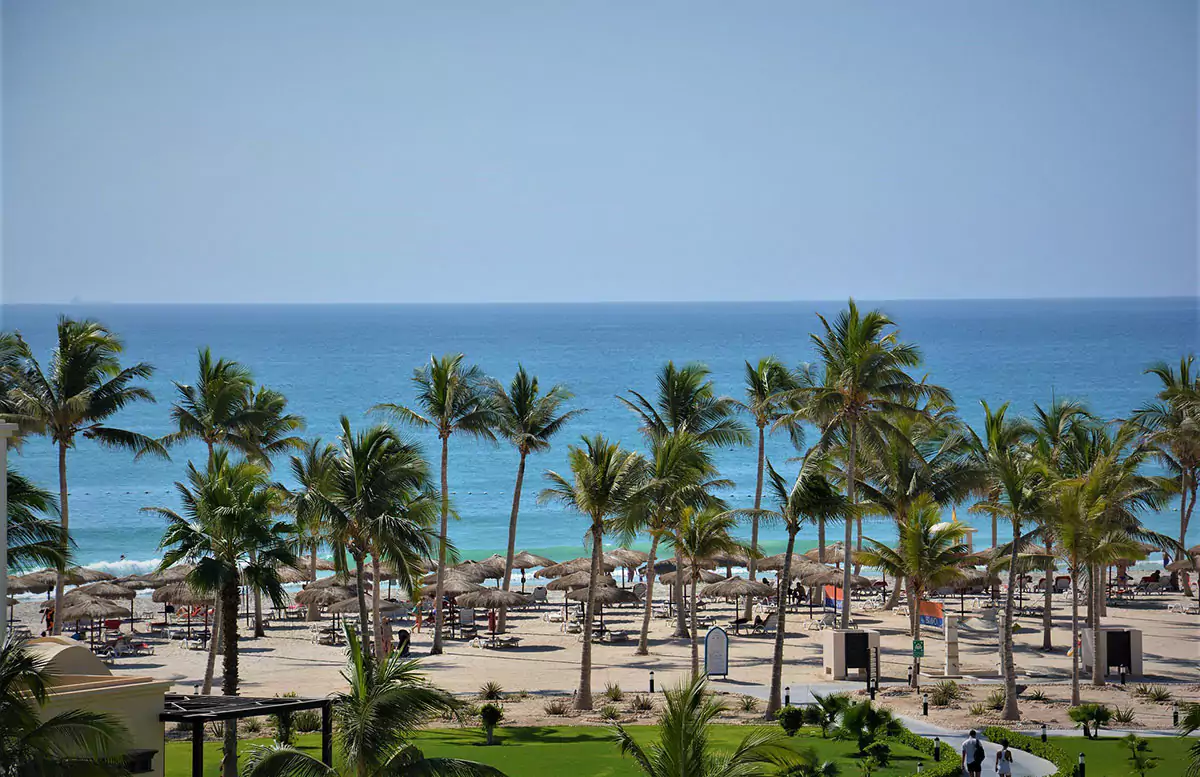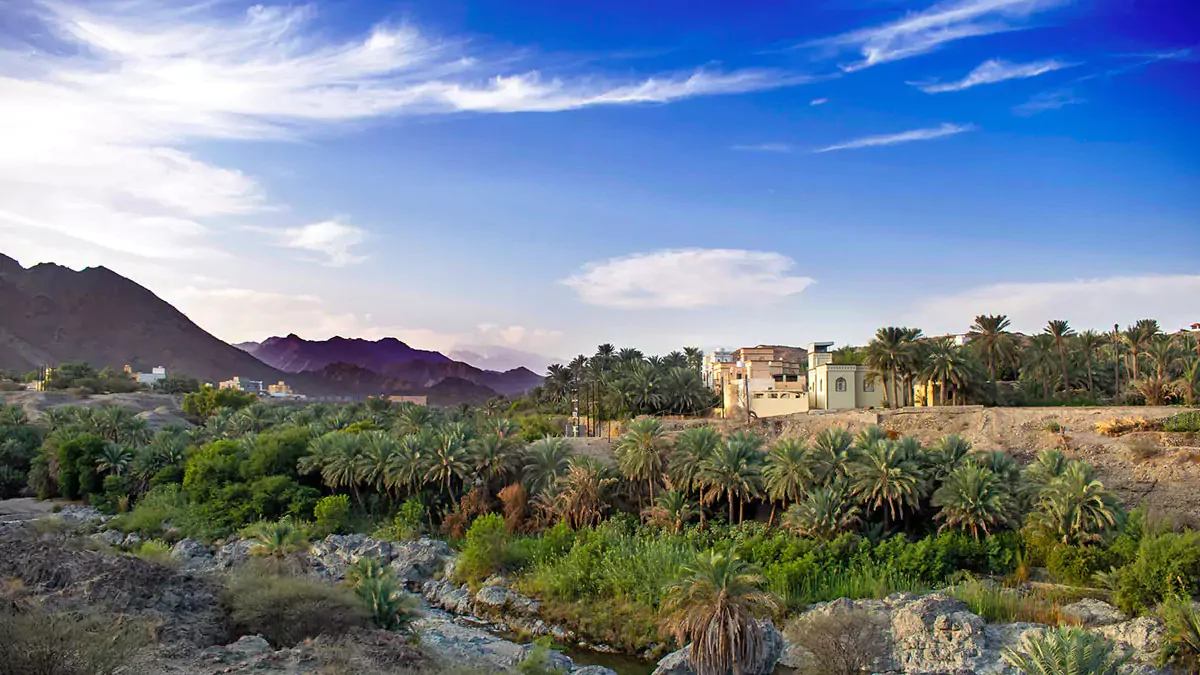In the southwest of the Arabian Peninsula lies a country with a rich and complex past, a territory that has been open to the sea and trade since ancient times, whose backbone is made up of the deserts and sandy plains of the interior, and the coastal fertile regions. At the crossroads of cultures and peoples, a land of incense, grapes and date palms, a fishing coast, a gateway to the Silk Road and a bridge between civilisations, its history of millennia makes it an enclave for travel and curiosity. This land is the Sultanate of Oman.
Oman’s rich past is lost in time some 106 millennia ago, from when the oldest traces of human activity are dated, and which were discovered in 2011 at the site of Aybut Al-Auwal in Wadi Aybut, in the Dhofar Province. It’s also home to one of the world’s first inhabited cities, Al Wattih, which dates back some 10,000 years. Additionally, the city of Sohar is considered the birthplace of the mythical Sinbad the Seafarer, protagonist of those seven famous fantastic journeys through the South Seas. On the other hand, its territories were under Assyrian, Babylonian, Persian, Portuguese and Ottoman rule, and in more recent times, the country maintained friendly and protective ties with Great Britain. Nevertheless, Oman was the first of the Arab world’s states to become independent.

All its peculiarities, its opening to the world during the last two decades and the numerous investments made in leisure and tourism during this period, have made it an attractive and very interesting destination. In 2018, the country attracted around 4.2 million tourists from all over the world, 21.3% of whom came from other Arab nations. These figures represent a spectacular increase of up to 50% over the number of visitors in the previous year.

Beyond the vestiges of its past and the obvious interest in the cultural sphere, Oman has many other attractions for travellers. There are many beaches along its coast, with great hotels and resorts. There are also numerous sports and leisure activities available; diving, surfing, fishing, camel rides in the desert, to name but a few. Amongst all these activities, we have to emphasize speleology, since the abundant sedimentary deposits of limestone that form Oman’s mountains have given rise to numerous caves. There are caves of all degrees of difficulty to explore, among them the second largest in the world in volume, the Majlis Al-Jinn cave.

Finally, the Sultanate of Oman has many places which have been listed by UNESCO as World Heritage Sites: the Bahla Fort of the Nabhani dynasty, which dominated Oman in the late Middle Ages, or the Al-Ayn necropolis and the remains of human settlements from the third millennium B.C. associated with it; also the incense trees of Dhofar, important for the production and subsequent distribution of their essential oil, a highly coveted luxury item in antiquity; or the Falaj gravity irrigation systems, built 500 years ago and still used in most towns and villages in the country.
But the Sultanate of Oman is so much more than we can recount in this article. The best way to discover it is to spend a great holiday in this complex country, a destination for culture, nature and adventure.
Sources: Wikipedia, Oman Tourism, Raf Museum.






